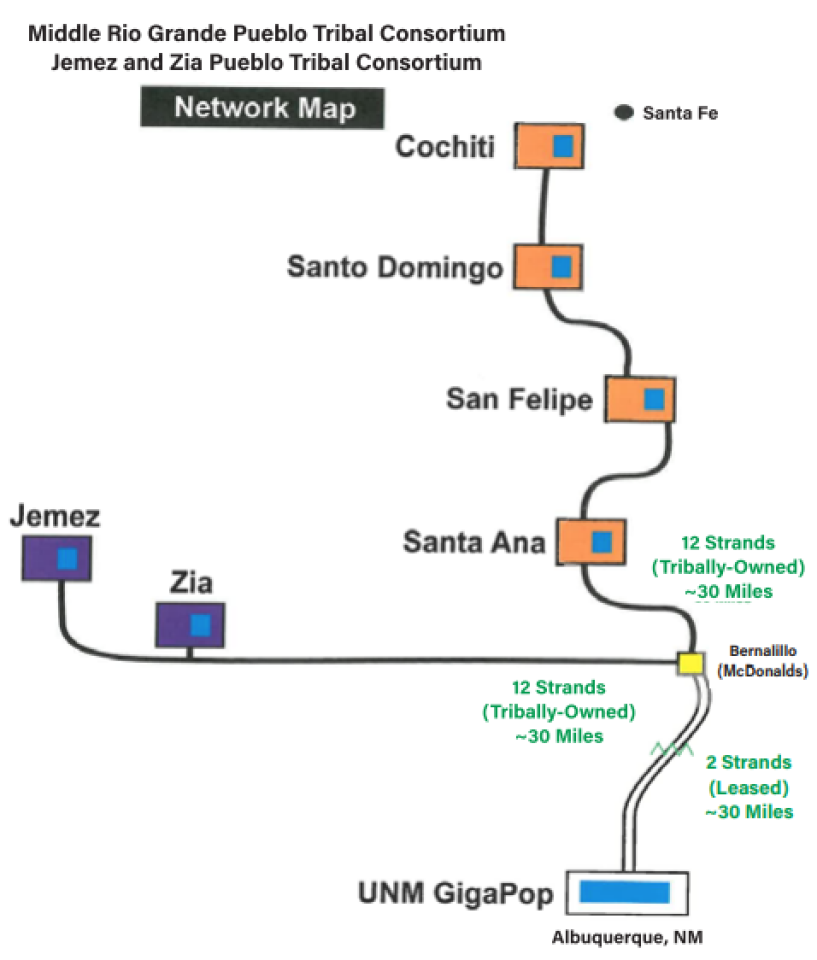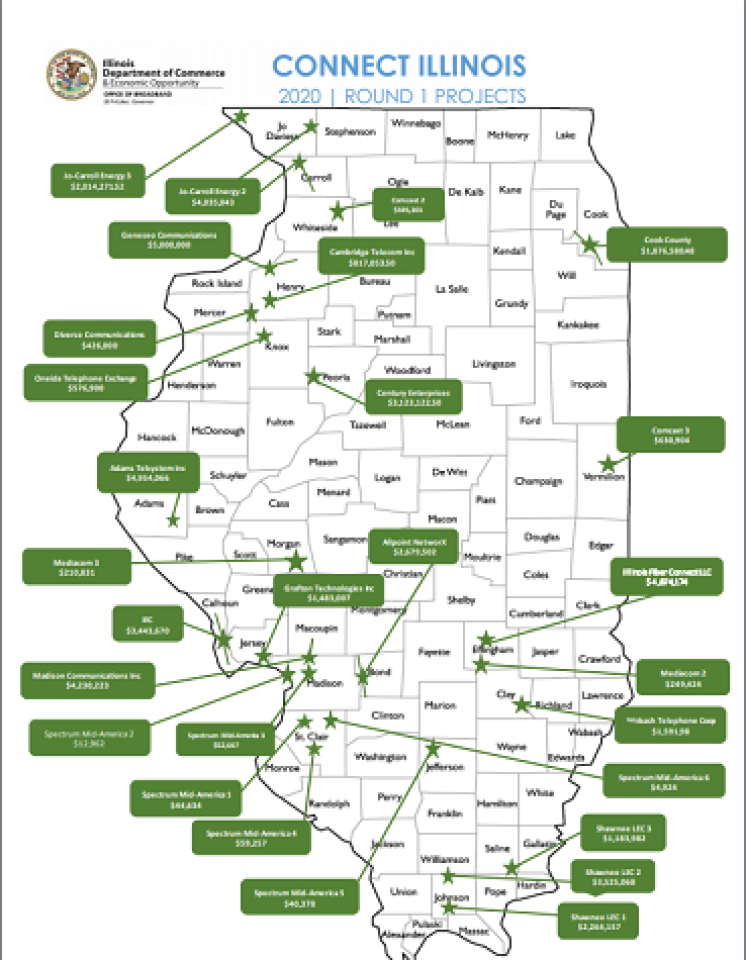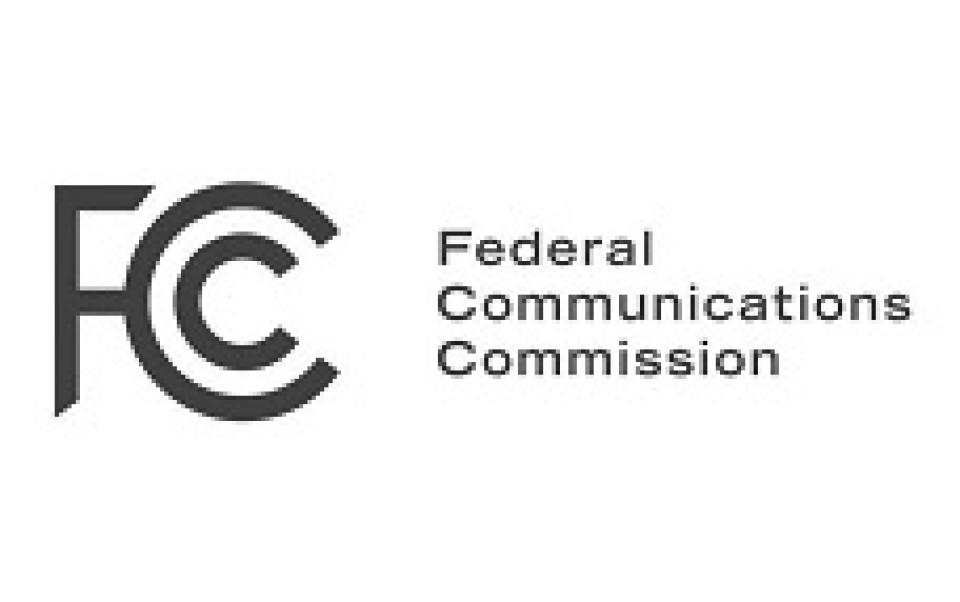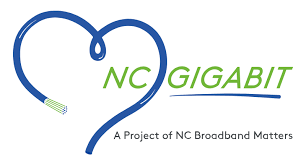
Fast, affordable Internet access for all.

As Vermont’s nascent Communication Union Districts (CUD) push to bring universal, truly high-speed Internet connectivity to the more rural parts of the Green Mountain State, CUD leaders are calling for changes in how federal funds get funneled to local municipalities, and for a change in how the federal government defines “high-speed” access.
Enabled by a 2015 Vermont law that allows two or more towns to join together as a municipal entity to build communication infrastructure, these local governmental bodies were formed to help the state reach its goal of having universal access to broadband by 2024. The idea is for CUD’s to operate like a water, sewer, or school district as a way for local communities to build their own broadband infrastructure. Establishing a CUD also puts rural regions of Vermont in a position to borrow money on the municipal bond market and eases access to grants and loans to fund broadband projects.
The formation of Communication Union Districts across the state began to pick up steam in the months following Gov. Phil Scott’s signing of H.513 in June of 2019. That legislation, which set aside $1.5 million to support broadband projects, increased funding to help provide Internet service in unserved or underserved parts of the state. It also created a new Broadband Expansion Loan Program within the Vermont Economic Development Authority (VEDA) to assist start-up broadband providers in developing community-based solutions.
Funding Gaps
In a Zoom call last month with U.S. Rep Peter Welch, D-Vt., leaders from the state’s nine CUD’s met virtually with Welch to update the congressman on the status of their efforts and what they see as crucial to succeed in fulfilling their mission without burdening taxpayers.
As Mayors must concern themselves with everything from public safety and health to the development of the local economy and the provision of essential municipal services, they tend to have a particular focus on the infrastructure necessary to support it all, amid a cacophony of competing interests.
Over the summer, having reached consensus on the fundamental importance of “the digital infrastructure of tomorrow,” a particular focus of the United States Conference of Mayors 88th National Annual Meeting was to issue a resolution declaring the necessity of “Preserving Local Public Rights-of-Way and Regulatory Authority to Most Effectively Deploy 5G Broadband Access and Bridge the Digital Divide during the COVID-19 Pandemic.”

The Mayors’ resolution comes in response to the Federal Communications Commission’s (FCC's) 2018 preemption of local governments’ authority to regulate 5G infrastructure in their cities.
At the heart of the regulatory debate: local governments’ ability to determine the amount of fees to charge mobile carriers that want to place 5G equipment in Rights-of-Way. In addition to putting limits on those fees, the FCC Order also sets strict timelines by which cities and towns must respond to carrier applications. The FCC decision, issued over the objections of industry observers and policy experts, essentially eliminates local communities’ ability to negotiate in order to protect their own Rights-of-Way and the poles, traffic lights, and other potential structures within those Rights-of-Way.
Preempting Local Authority
More than a year and a half of planning and negotiation will culminate in fiber infrastructure laid to every household in one Tennessee county over the next few years. West Kentucky & Tennessee Telecommunications Cooperative (WK&T), using its own funds along with money from the Henry County Commission and the state of Tennessee, will extend its existing network to cover the entire county and give residents access to its broadband network and services.
Expanding Their Commitment

The recent news serves to expand a partnership that was originally announced in the spring of 2019. At that time, WK&T (founded 1951) pledged $2 million in investment and was awarded $2 million in matching funds from the second round of the state’s Broadband Accessibility Grant Program to reach 912 unserved homes in Henry County.
Local officials have decided to aim higher, however, with the county commission joining the effort to commit $3 million of its own funds to reach as many as 1,400 homes in what County Mayor Brent Greer explained in an interview is the first phase of a countywide build that will take shape over the next 24-26 months. The cost of the first phase will be approximately $8 million, with $3 million coming from the county commission, $3 million from WK&T, and $2 million from the state. By the time it’s through, though, the project will total $20 million and bring WK&T infrastructure to every home, business, and farm.
A new report out by the American Library Association shows how community anchor institutions — and libraries in particular — can serve as central players in expanding tribal connectivity efforts around the country. “Built by E-rate: A Case Study of Two Tribally-Owned Fiber Networks and the Role of Libraries in Making It Happen" [pdf] looks at the striking success of tribal efforts in New Mexico in putting together a coalition of actors to dramatically improve Internet access in the region.
The report examines networks built by two consortiums situated in the middle of the state in the summer of 2018: the Middle Rio Grande Pueblo Tribal Consortium and The Jemez and Zia Pueblo Tribal Consortium. An endeavor initially spearheaded by the Santa Fe Indian School (which long ago recognized the need for virtual learning, the value of fast, affordable Internet and the ongoing cost of slow, poor, high monthly costs), “Built by E-Rate” details how they came into being and the obstacles they faced along the way, and offers policy recommendations moving forward.

Faster Speeds, Lower Costs
A year ago we wrote about Illinois’ $420 million commitment to broadband expansion, and now the first round of grant winners has been released. Together they total $50 million in state funds matched by $65 million in additional money for 28 projects by 18 different Internet Service Providers (ISPs) that will, ultimately, connect 26,000 homes, farms, community institutions, and businesses in the state. It represents the first milestone in what is a significant commitment to closing Illinois' broadband gap.
Lots of Winners, Some Caveats
The Broadband Grant Program offers applicants up to $5 million in funding for projects with the stipulation that they match it with an equal or greater amount of other, nonstate funds. First-round winners consist of both middle- and last-mile builds touching at least 27 counties throughout the state. For example, Cook County received a little under $2 million to expand its Chicago Southland Fiber Network (CSFN). CSFN provides backhaul services to many, including the Illinois Century Network — which serves over 3,400 public K-12 schools, universities, and libraries. Their application committed to focusing “on fiber paths that will provide distribution and host last mile service platforms addressing those communities with the greatest need, municipalities with no fiber assets . . and key regional education campus facilities.”

If you live in the land of ten thousand lakes, your help is needed. The Minnesota Rural Broadband Coalition has launched a speed test initiative to collect much-needed data from everyone in the state so that lawmakers and stakeholders can better direct broadband expansion efforts now and in the future. Hop over to the speed test page and give them a hand.
Data, Data, Data
The Minnesota Rural Broadband Coalition (MRBC) — which is made up of over a hundred utilities, cooperatives, regional development commissions, nonprofits, private companies, and rural and urban interest groups — has worked for years with local communities and in the state capitol to advocate for more funds and help local communities address Internet access imbalances across the state. The initiative is the latest mark of their efforts, asking Internet users to input their addresses and how much they pay their Internet Service Provider (ISP) to get a better sense of speeds, availability, and prices.

To date, they’ve gotten results from a little over 15,000 tests in 11,000 locations. There are predictable problem areas in the northeast part of the state, and according to the map just under 7% of locations are unserved so far. Saint Louis, Itasca, and Carlton Counties account for the bulk of the tests outside of the metro area, though Minnesotans in Scott and Le Sueur Counties south of the 169 corridor are also putting up a strong showing.
Milwaukee County, Wisconsin, is currently experiencing firsthand the consequences of the Federal Communications Commission’s (FCC's) 2018 preemption of local governments’ authority to regulate 5G infrastructure in their cities. With its initial handful of applications for new small cell transmitters just submitted to the county board by Verizon under the new rules, local officials are grappling with a host of limitations — including fee caps, shorter timing windows, and right of way exemptions — which outline clearly a problem more and more communities will face in the coming months and years.
Less Say, Less Money
We pointed out when the FCC handed down the order in the fall of 2018 that it represented a significant giveaway to wireless carriers while placing additional restrictions and financial burdens on local regulators, most of which are county boards and city departments. Among the most troublesome of the order’s provisions are new 60- and 90-day approval windows for the installation of infrastructure on existing and new wireless facilities, a limitation to annual fee scales for small cell sites set between $100-250, a right now enjoyed by wireless providers to place infrastructure on municipally owned poles and traffic lights, and a rule that says if regulating authorities don’t get to an application within 60 days it automatically becomes approved. The 9th U.S. Circuit Court of Appeals upheld the fee cap in a ruling last Wednesday.

Yesterday, Congresswoman Deb Haaland and Senator Elizabeth Warren introduced the DIGITAL Reservations Act, a bill which ends the current Federal Communications Commission (FCC) practice of selling wireless spectrum rights on the lands of Indian Tribes and Native Hawaiian organizations and grants ownership, management, and governance of all spectrum to those groups in perpetuity. The bill also calls for the creation of an FCC fund to support broadband efforts, an advisory team to provide regulatory and technical assistance, and a data collection program to support future connectivity efforts in those communities. It represents a dramatic new approach to addressing the digital divide in Tribal communities, which remain among the least well-connected of all across the United States today.
Breaking Down the Bill
The Deploying the Internet by Guaranteeing Indian Tribes Autonomy over Licensing on Reservations Act [pdf] offers significant investment in a multi-pronged approach. It’s driven by twin impulses. From the bill:
To date, the [Federal Communications] Commission has failed to implement nationwide spectrum opportunities or uniform licensing for Indian Tribes and Native Hawaiian organizations to make spectrum available over their Tribal lands or account for the unmet needs of native Nations in compliance with the Federal trust responsibility.
The Commission’s actions parallel failed Federal Reservation Era policy that divided Indian land holdings and created systemic barriers to Indian Tribes’ economic development and legal jurisdictional complications on Tribal lands that continue to disadvantage Tribal communities today.
July has seen the release of two complementary reports which shed light on two of the topics we care about a great deal around these parts: availability and affordability of Internet access, and municipally-enabled networks.
The Open Technology Institute at New America recently released “The Cost of Connectivity 2020” [pdf], which digs into the factors (some of which are explicit and others hidden) dictating how much Americans can expect to spend for Internet access in comparison to Europe, Asia, Canada, and Mexico. They conclude that, compared to the rest of the world, a lack of competition, regulation, and accurate data collection by the FCC has led to higher prices, slower speeds, exorbitant data cap fees, and deep digital divides running between those with high-speed access and those in Black, Indigenous, and People of Color (BIPOC) communities and low-income parts of American cities. And among its most compelling policy recommendations — based on data points from 296 standalone Internet plans in the United States — is that municipal networks offer a solution.
If OTI’s report outlines the deep and persistent problem of connectivity in the United States, US Ignite and Altman Solon’s “Broadband Models for Unserved and Underserved Communities” [pdf] provides a clear and thoughtful roadmap for local communities who ask “What can we do?” Above all else, the guide shows that high-speed broadband is a solvable proposition, and sketches out five models for local governments to follow according to their unique conditions. Like the OTI report, US Ignite and Altman Solon highlight the many inherent benefits of community-enabled networks.
Download the full reports at the bottom of this post.
Digging into the Data

For the ninth episode of our special podcast series “Why NC Broadband Matters,” Christopher talks with Doug Dawson, President of CCG Consulting. Doug is a veteran advisor to small public and private telecommunications carriers and an experienced, thoughtful voice in the broadband space. During their discussion, Christopher and Doug give the various levels of government across the United States a report card for their connectivity efforts during the pandemic, and talk about how the coronavirus has brought into focus the two digital divides facing our communities today. They consider what the broadband gap looks like between rural and urban areas, and the problem of adoption versus access for North Carolina communities facing obstacles to high quality Internet access.
Christopher and Doug also talk about whether SpaceX or other satellite providers are a solution to North Carolina’s rural broadband challenge, which leads them to reflect on the problem of the FCC’s current minimum broadband speed definition as a baseline for disbursing funds to providers connecting communities over the next ten years.

We produced this episode and the “Why NC Broadband Matters” series in partnership with NC Broadband Matters, a nonprofit organization advocating for better connectivity across North Carolina.
This show is 37 minutes long and can be played on this page or via Apple Podcasts or the tool of your choice using this feed, at the Community Broadband Bits page, or at the NC Broadband Matters page. We encourage you to check out other "Why NC Broadband Matters" content at the podcast feed so you don't miss future bonus content that may not appear in the Community Broadband Bits Podcast feed.
Transcript below.
We want your feedback and suggestions for the show-please e-mail us or leave a comment below.
Listen to other episodes here or view all episodes in our index. See other podcasts from the Institute for Local Self-Reliance here.
Thanks to Shane Ivers for the Music: What's The Angle? by Shane Ivers - https://www.silvermansound.com a Creative Commons Attribution (4.0) license.